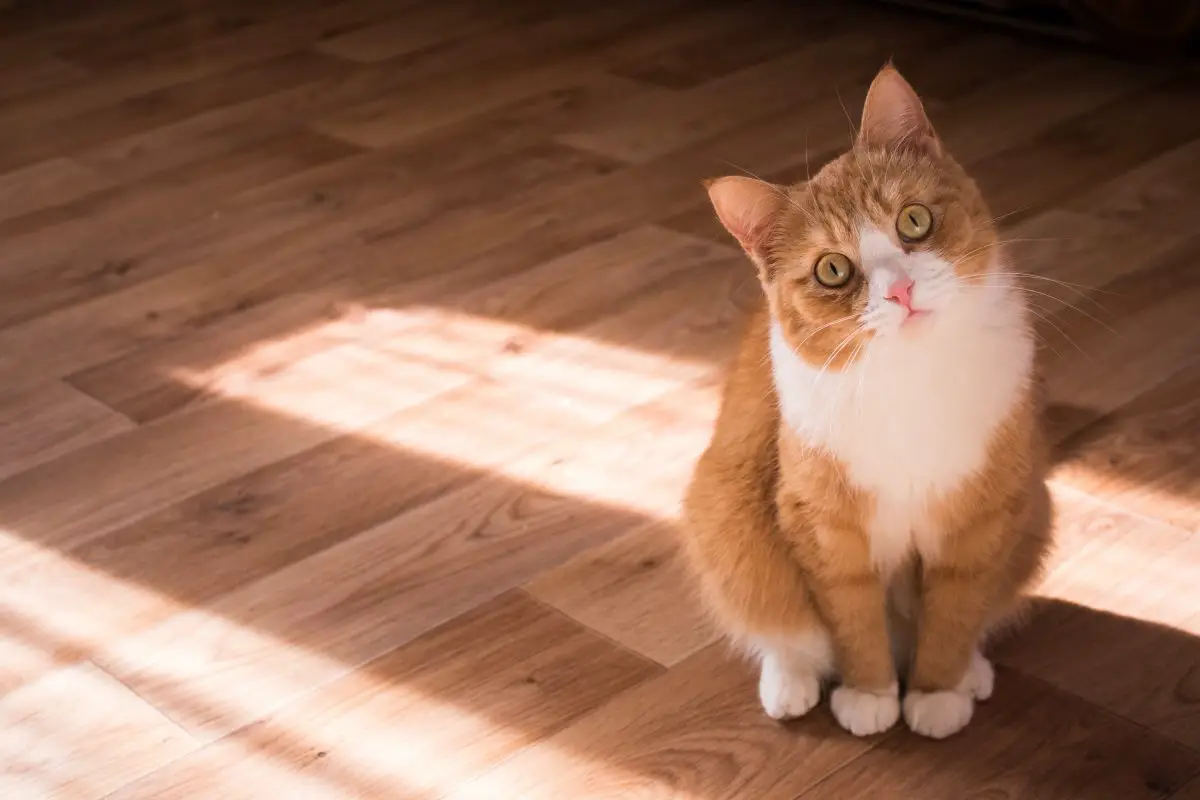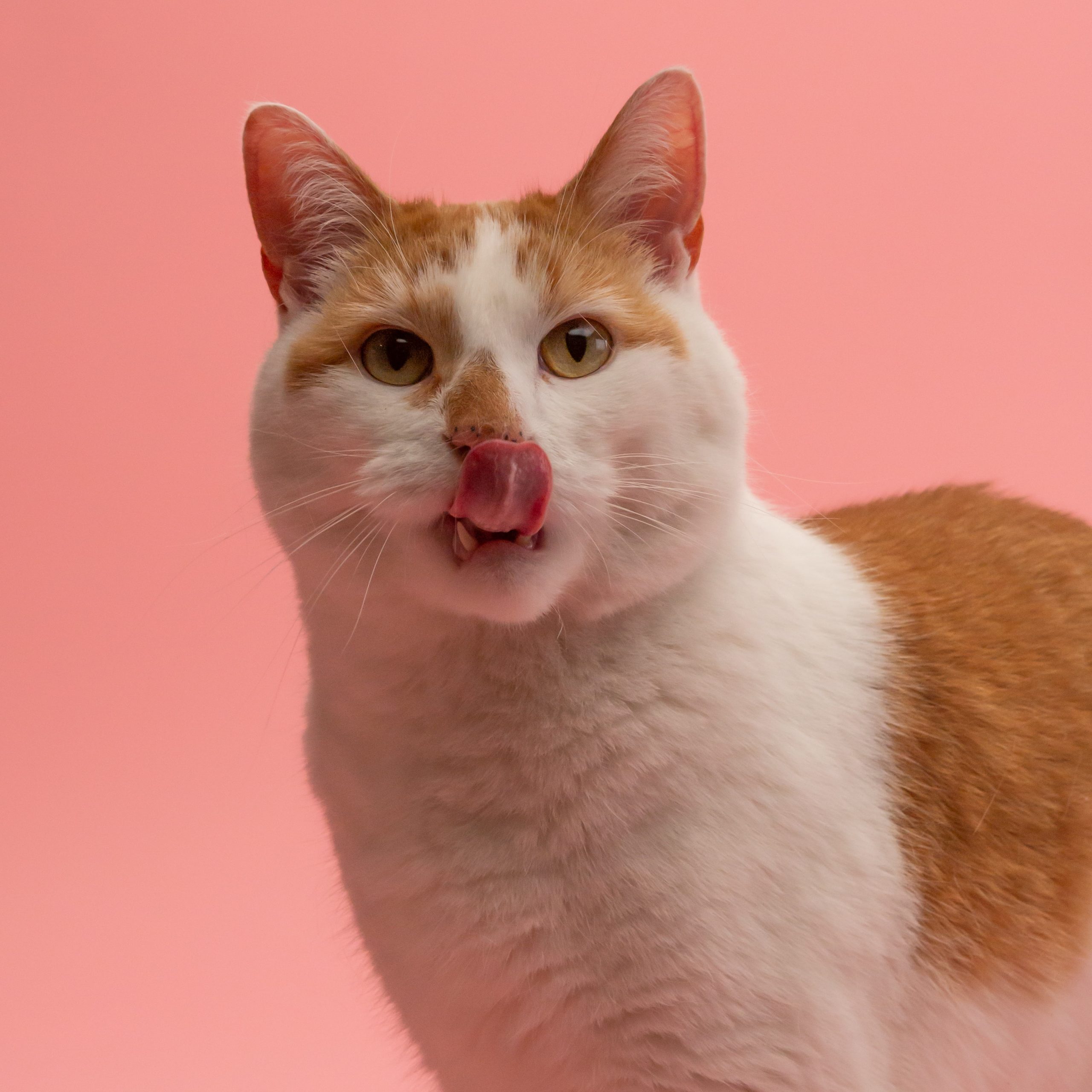The gorgeous Pothos is commonly kept as a household plant and is used to brighten up spaces with its lovely heart-shaped foliage. Since they are so easy to care for, Pothos plants are loved by all kinds of people, including those with pets. However, whenever you decide to bring a plant or new cat into your home, you need to consider if those plants, including the Pothos, are safe for your companions. Are Pothos toxic to cats?
Unfortunately, these plants aren’t suitable for households with pets, especially cats. Pothos plants are incredibly toxic to cats and will need to be removed.

Table of Contents
- What is the Pothos Plant?
- Are Pothos Toxic to Cats?
- Symptoms of Pothos Consumption
- Causes of Pothos Poisoning in Cats
- Diagnosis of Pothos Poisoning
- Help! My Cat Chewed on Pothos. What Do I Do?
- Pothos Feline Toxicity – A Wrap Up
- FAQs
What is the Pothos Plant?
The technical name for the humble Pothos is Epipremnum aureum, and it is a common choice for a houseplant around the world. You may also hear Pothos referred to as Taro Vine, Ivy Arum, Devil’s Ivy, and Golden Pothos. One of the reasons these plants are so popular is their drought resistance. You can leave a Pothos plant alone for some time and come back to it looking just as green and lively. Plus, their variegated leaves are beautiful.
What’s not to love?
Well, for starters, Pothos and cats (as well as any other house pet) don’t mix. These plants are so toxic to cats that even a lick could cause nausea, vomiting, and even death. No wonder it’s called Devil’s Ivy!
Are Pothos Toxic to Cats?
Yes, Pothos is extremely toxic to cats. Regardless of age, shape, weight, and breed, Pothos will affect your cat the same way—with extreme pain and discomfort. That is because Pothos has a toxic chemical in its leaves and stems called calcium oxalate. Crystals form within the plant, and when a cat chews on it, the substance reacts to a cat’s soft tissues.
While this substance doesn’t affect the organs and won’t cause death through poisoning directly, the stress induced by Pothos toxins could kill your beloved pet. At the very least, your cat will suffer from mouth sensitivity. They will be unable to eat or drink much during that time and will struggle with digestion.
Are Marble Queen Pothos Toxic to Cats?
Are Golden Pothos toxic to cats? Yes. If it’s part of the Pothos family, like the Marble Queen Pothos, you should be concerned about the toxicity. The Marble Queen Pothos is considered mildly toxic to dogs, cats, and also humans. Therefore, if you have small children or animals in your home, do not purchase Marble Queen Pothos to decorate the windowsill.
Are Silver Pothos Toxic to Cats?
Silver Satin Pothos is also considered toxic to cats, dogs, humans, and even horses. Due to the high presence of toxins, ingesting Silver Satin Pothos will induce almost immediate swelling of the mouth and throat as well as vomiting.
Also, if you have peace lilies and philodendrons at home, get rid of them, too. Philodendrons and peace lilies have some of the highest concentrations of calcium oxalate in their leaves and stems than any other plant, including Pothos, meaning one bite, and your cat could die.

Symptoms of Pothos Consumption
The symptoms of Pothos poisoning are all related to the reaction between calcium oxalate crystals and a cat’s soft tissues. Because of this, most symptoms will happen almost immediately after the Pothos comes into contact with your cat’s mouth.
Here are some symptoms to keep an eye out for:
- Vomiting
- Diarrhea
- Nausea
- Excessive drooling
- Pawing at the mouth (because of the pain)
- Swollen airways and difficulty breathing
- Difficulty swallowing
In most cases, you won’t see your cat take a curious nibble on your Pothos plant. Your first sign is often noticing that your cat is drooling and pawing at its irritated mouth. Extreme drooling is very likely to happen, as cats have a mechanism that uses drool to remove foul flavors from their tongue. However, drooling alone isn’t enough to remove the toxin.
Causes of Pothos Poisoning in Cats
Are all Pothos toxic to cats? Yes. Whenever a cat bites, chews, or consumes a Pothos plant in some way, the crystals penetrate the soft tissues of the mouth. Thus, the toxins enter the body. Those crystals travel through the gums, mouth, throat, and into the stomach, causing the tissues to swell. Following the swelling, your cat will experience a burning sensation along all affected pathways.
One bite, and your cat is in a world of pain.
Diagnosis of Pothos Poisoning
If you see your cat chewing on any kind of Pothos plant or philodendron, don’t wait. Call the veterinarian and get them seen as soon as possible. If you see your cat chewing on a plant and don’t know if it’s poisonous, snap a picture of the plant then bring that picture with you to the vet to show them. You should also describe the symptoms in detail and discuss when those symptoms began.
While there is no test to confirm whether a cat has consumed Pothos, your vet should be able to diagnose the issue based on what you tell them. In other words, your observations and information are crucial to your cat’s survival.
Diagnosis also contains physical examination. The vet will look inside your cat’s mouth for any sign of calcium oxalate. Keep in mind that many houseplants contain these toxic crystals, so the vet will not be able to tell you exactly which plant your cat chewed on. They may also feel the cat’s throat and abdominal region for signs of inflammation.

Help! My Cat Chewed on Pothos. What Do I Do?
If you saw your cat eat a Pothos leaf or even brush up against a Pothos plant, look out for any signs of poisoning for 24 hours. To recap, the symptoms of Pothos plant toxicity include pawing at the mouth, drooling, disinterest in water, mouth irritation, lack of appetite, and whining or crying. Any time you notice your cat in discomfort, do not wait to call the veterinarian.
Don’t panic and remember:
- Don’t wait for symptoms to develop. If your cat ate Pothos, call the vet.
- Never induce vomiting, as you could further hurt your cat.
- Don’t assume that because your cat has vomited on its own that the worst is over.
Most importantly, don’t do anything without calling or seeing the vet first. Some discomfort can be remedied by washing out the cat’s mouth. Gastric flushing may be done at the vet’s office. You can also try feeding the cat some yogurt or cheese to ease gastric distress. If the cat’s airway has swollen from Pothos poisoning, your vet may recommend Benadryl. However, you should always call before giving your cat medicine made for humans.
It is crucial that your furry companion is seen for treatment as soon as possible, as Pothos toxicity could lead to death.
With quick action and enough rest, your cat will survive. The process towards recovery doesn’t take much, although your cat may be unable to eat or drink a lot for a few days. Monitor their condition during this time.
Pothos Feline Toxicity – A Wrap Up
Are Pothos toxic to cats? Yes.
Any house with a cat should never have a Pothos plant there, too. If you absolutely must keep a Pothos plant, make sure you keep it far away from your cat, as these plants are highly toxic to felines. Should a cat consume Pothos, they can be poisoned and will need immediate veterinary treatment.
Fortunately, there are plenty of other cat-friendly plants you can keep in your home that won’t hurt your companion, like ginger!
FAQs
They can experience oral irritation, gastrointestinal distress, and respiratory issues, to summarize.
The toxicity of pothos (Epipremnum aureum) to cats can vary depending on factors such as the size of the cat, the amount ingested, and the individual cat’s sensitivity. Since there is no specific “safe” threshold for pothos ingestion in cats, it’s best to assume that any ingestion of this plant can potentially be harmful.




